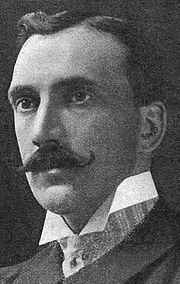Design
Design
Personality
Chart Properties
Your Cross represents the specific theme of your life. This cross embodies your unique potential & the lessons you're here to learn, providing a roadmap to fulfilling your life purpose.
We use the UTC birth time and date to do the calculations required to generate your Human Design chart.
Buy Tokens
Pay as you use, no expiry and no subscription required.Prompt Ideas
Get inspired with some epic prompt ideas.Wilhelm Schüffner's Biography
German-Dutch professor of microbiology and immunology, known for discovering the peculiar clefts in Plasmodium vivax?infected red blood cells.
Schüffner worked from 1897 to 1923 in the Dutch East Indies, where he researched malaria. He was the chief physician of the Senembah-Maatschappij and campaigned for better living and working conditions for the plantation workers.
With these improvements on plantations in Deli on North Sumatra, he showed that improved hygiene contained the spread of malaria. During his investigations on the malaria pathogen, he observed that the pathogen increased the red blood cells and abbasste and thus coined the term “Schüffner-Tüpfelung.”
In 1916 he became a hygienic adviser to the colonial government of Dutch India.
On 18 May 1926, he was inducted into the Royal Dutch Academy of Sciences. In 1935 Schüffner became a member of the Leopoldina.
He died on 24 December 1949 in Hilversum, aged 82.
Link to Wikipedia biography (German)
Your Cross represents the specific theme of your life. This cross embodies your unique potential & the lessons you're here to learn, providing a roadmap to fulfilling your life purpose.
We use the UTC birth time and date to do the calculations required to generate your Human Design chart.








